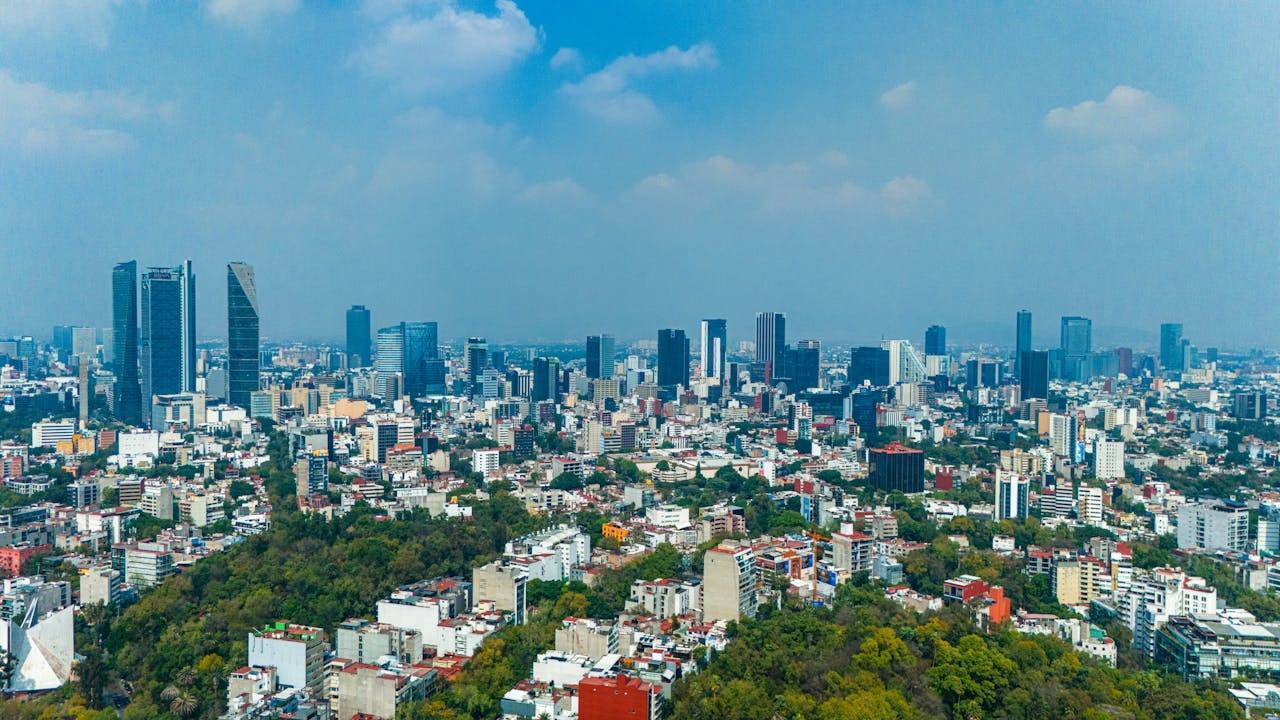India’s real estate sector recorded $26.7 billion in equity inflows over the three-year period from 2022 to 2024, led by strong capital movement into key metropolitan areas. A new report jointly released by the Confederation of Indian Industry (CII) and CBRE titled “Bricks & Billions – Mapping the Financing Landscape of Real Estate” provides a detailed view of the market dynamics shaping these inflows. Mumbai emerged as the leading investment destination during this period, securing $6.9 billion of the total, which amounts to around 26% of all equity capital deployed in the sector.
The report tracks trends in equity and debt financing, as well as the evolution of Alternative Investment Funds (AIFs), and sheds light on both tier-I and tier-II city performance. Notably, three metropolitan hubs—Mumbai, Delhi-NCR, and Bengaluru—together received a 62% share of the total equity capital over the review period.
Gateway Cities Continue to Dominate
Mumbai maintained its position as the top recipient of equity capital, followed closely by Delhi-NCR and Bengaluru. These three urban centres collectively garnered approximately $16.5 billion in equity investments between 2022 and 2024. The preference for these markets is largely due to their established infrastructure networks, strong project pipelines, and access to a large pool of investment-grade assets.
The report notes that Mumbai's real estate ecosystem has remained attractive due to its market scale, steady demand across asset classes, and continuing urban renewal and infrastructure projects. Delhi-NCR and Bengaluru, with their diverse commercial and residential stock, also retained investor interest through steady leasing volumes and improved transparency in transactions.
Anshuman Magazine, who heads CBRE’s operations in India, South-East Asia, the Middle East, and Africa, has played a central role in shaping investor engagement strategies in the region. Under his leadership, CBRE has deepened its analysis of capital trends and helped institutional investors align with India’s shifting regulatory and operational frameworks.
Land and Development Sites Attract the Most Capital
Among asset categories, land and development sites received the largest share of equity investments, accounting for 44% of the total capital inflows during the 2022–2024 period. This indicates continued investor appetite for greenfield and brownfield opportunities, which offer flexibility in development planning and long-term return potential.
Built-up office assets followed, attracting 32% of the capital, supported by the recovery in corporate demand and improved occupier confidence. Demand in this segment was also driven by leasing activity in key micro-markets, interest in tech park developments, and a general preference for income-generating assets among long-term institutional investors.
Tier-II Cities Capture 10% of Total Inflows
While the top three cities remained the primary magnets for capital, tier-II cities began showing early signs of investment depth. Collectively, smaller cities such as Ahmedabad, Coimbatore, Jaipur, Indore, and Lucknow accounted for nearly $3 billion of equity inflows, translating to 10% of the total share.
Within these cities, land and development sites again emerged as the most invested category, drawing approximately 47% of the capital allocated to tier-II markets. The industrial and logistics segment followed, accounting for nearly 25% of the inflows. These investment patterns align with the growth in manufacturing and warehousing activities in smaller cities, fueled by the government’s production-linked incentive schemes and improved regional connectivity.
Rishi Kumar Bagla, Chairman of the CII Western Region and Managing Director of BG Electricals and Electronics, has been instrumental in advocating for broader capital deployment beyond tier-I markets. His focus on institutionalisation and transparent governance has supported CII’s outreach efforts to global capital providers, particularly those considering expansion into emerging Indian cities.
Institutionalisation and Compliance Gains Momentum
The report emphasises the gradual but steady institutionalisation of India’s real estate sector. Enhanced compliance measures, increased due diligence, and maturing AIF regulations have made Indian real estate more accessible and attractive to global investors. Corporate governance and project-level reporting standards have also seen significant improvements, driven in part by the Real Estate (Regulation and Development) Act (RERA) and similar state-level frameworks.
Investors are showing a preference for developers with strong balance sheets and governance practices. The expansion of structured finance, including mezzanine and hybrid models, has further diversified investment options, reducing risk exposure for both domestic and international funds.
The CII-CBRE report projects continued momentum in capital flows into Indian real estate. The sector is supported by stable macroeconomic fundamentals, robust consumption growth, and a large pool of capital waiting to be deployed. The rise in domestic institutional investors, coupled with persistent interest from sovereign wealth funds and pension funds, suggests a positive trajectory over the next few years.
Image source-freepik.com









.png)